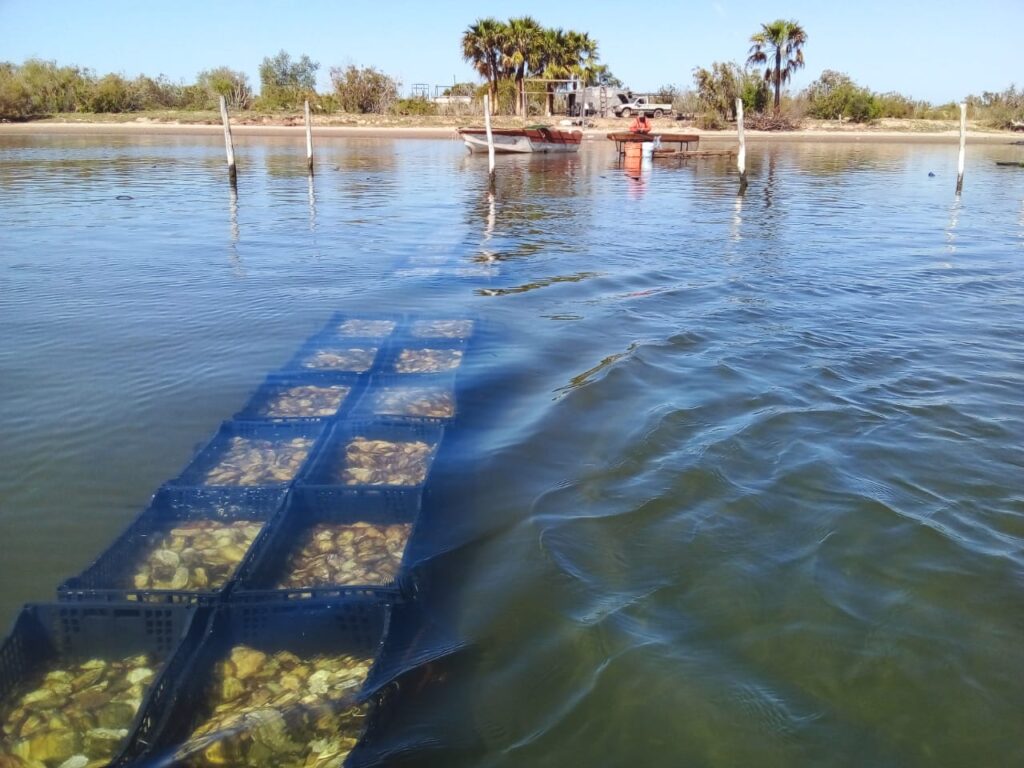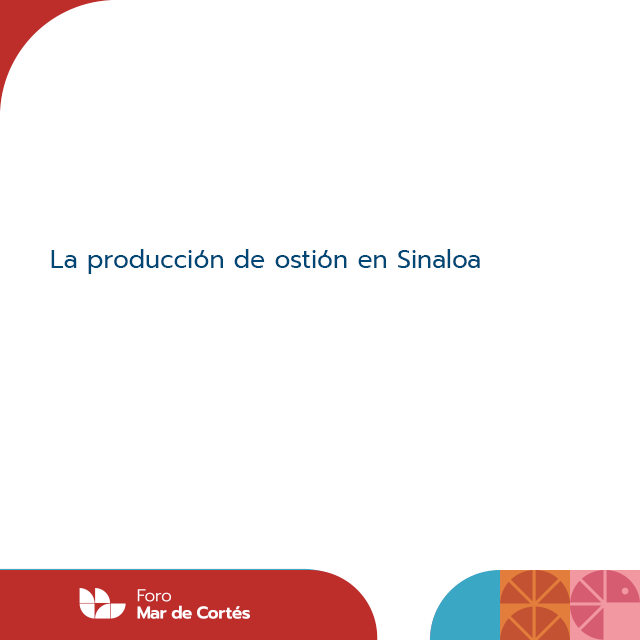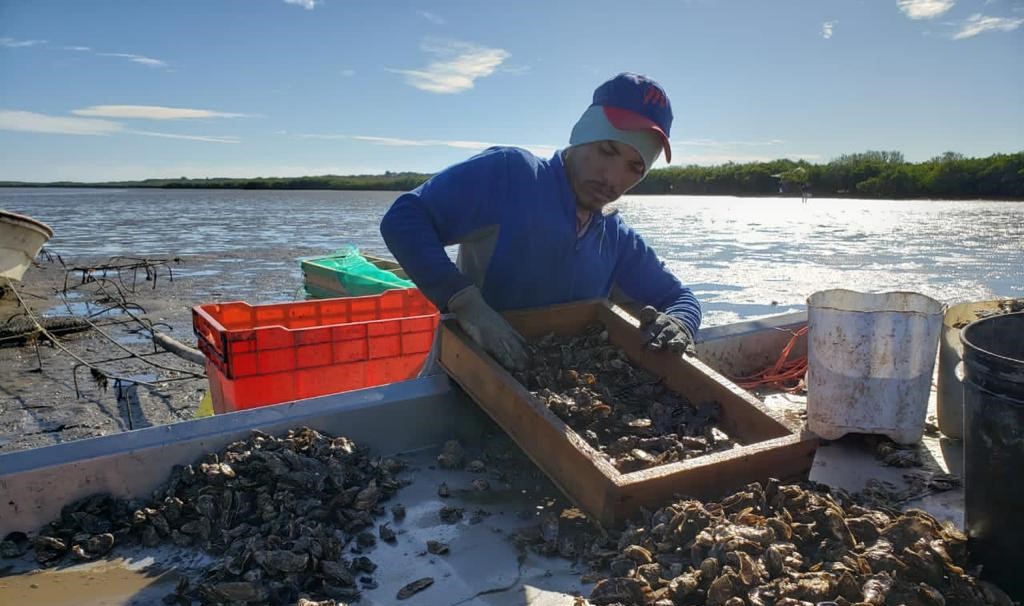The mariculture is a production technique that is still underutilized in the coastal lagoons of Sinaloabut a group of oyster producers from the municipalities of Navolato y Ahome have opted for this activity and with results that appear to be encouraging.
Sergio Joel Nieblas Rodríguez is founder and treasurer of Committee of Companies Producing Marine Species and Bivalve Mollusks in Sinaloa, an organization that has brought together 85 oyster cooperatives from the aforementioned municipalities, plus four from Baja California, one from Baja California Sur and another from Colima, for a total of 91.
Although the Copembi started operations in 2019, the aquaculture biologist narrates that since 2013 he started working with this mollusk species, being at that time a technician of the State Committee of Aquaculture Health. The annual production of oyster in Sinaloa was 88 tons at that time, that is, around 800 thousand pieces.
"With the training we had at the national level we were told that we needed to introduce another variety of oysters that are triploid, but you see that the producer is a bit stubborn, so in 2013, 2014 and 2015 the production was 85 tons and 2016 fell to 54, in that inter was when we convinced them to stop planting and diploid oyster, "he recalls.

From then on they opted for triploid oysters and the results were reflected in 2017 production, which rose to 276 tons, which increased to more than 400 from 2018 to 2020, when 20 to 30 cooperatives were participating, he says.
"We launched Copembi in 2019, in 2020 we already planted, we went to about 50 farms in the state and by 2021 we took out 854 tons, we doubled production," he stresses.
Nieblas Rodriguez shares that this year, at the end of July, they already have a production of 907 tons, so they are projecting to close 2022 with more than 1,300 tons of oyster production.

Production potential
According to Inapesca, Copembi's treasurer comments that in Sinaloa the productive potential of oysters is 119 thousand tons, so there is plenty of room to grow in this activity, the problem is that by not having a certified plant they cannot take advantage of the high economic value of this product at the time of marketing it.
"We are selling at 2.50 pesos a piece, with these 900 tons we have earned 19 million pesos, but if we had a certified plant the production would have sold for 76 million pesos, because we would have eliminated 'coyotaje', and if we were selling directly to the United States we would have sold it for 121 million pesos," he emphasizes.
Nieblas Rodriguez emphasizes that this is why they are negotiating with the three levels of government for the construction of a plant, a project estimated at 15 million pesos, for which they already have a half hectare of land donated by the Navolato City Council.

He emphasizes that oyster farming has allowed many families in the coastal areas of Navolato and Ahome to have jobs, because the cooperatives are family-run, in addition to generating more than 520 direct jobs and more than 600 indirect jobs, plus those that are added throughout the production chain.
With the resources of the sea overexploited by a fishing effort that is already too high in Sinaloa, the ideal is to start taking out the agent that is fishing and convert it to mariculture, which is proving to be a sustainable activity, he stresses.
NUMERALIA
- 88 tons of oysters were produced in Sinaloa in 2013.
- 854 tons was the production at the end of 2021.
- Sinaloa producers sell oysters at 2.50 pesos per piece.
- As of July 2022, they have a production of 907 tons, with an estimated value of 19 million pesos.


